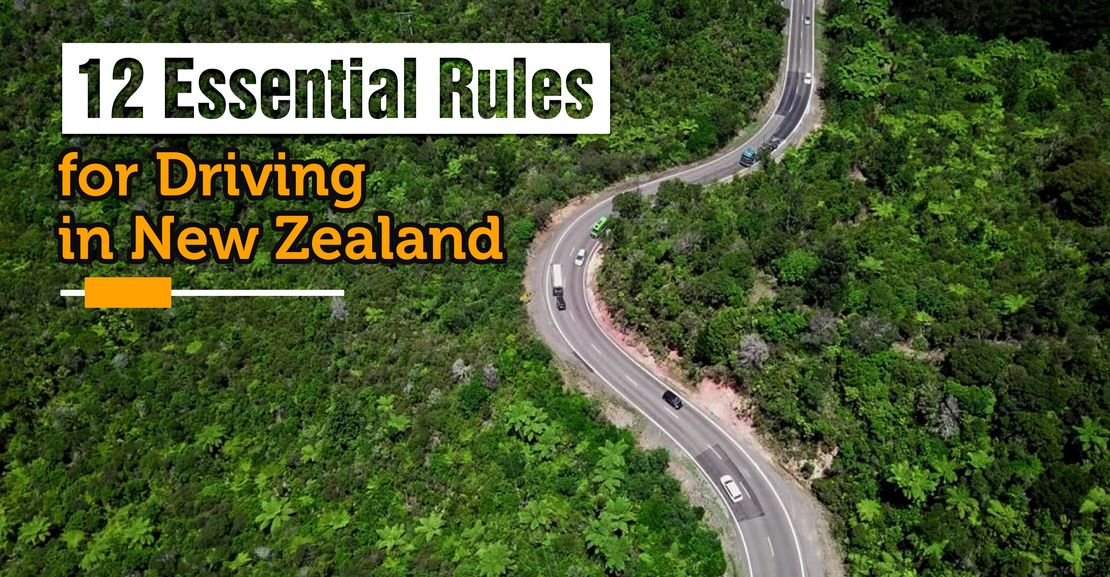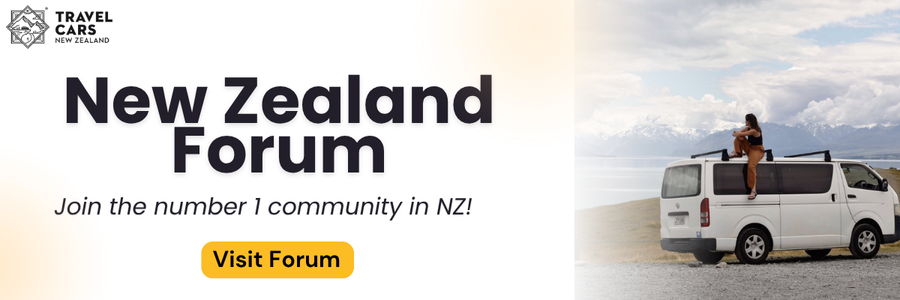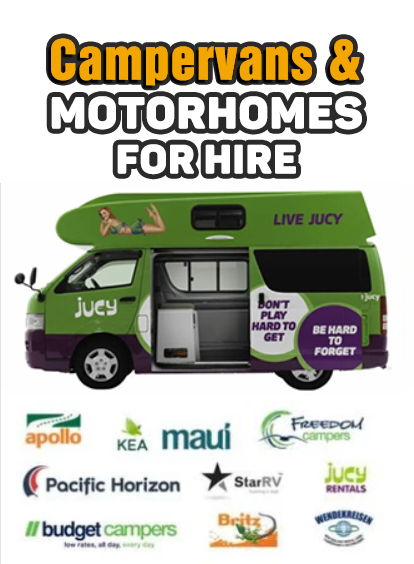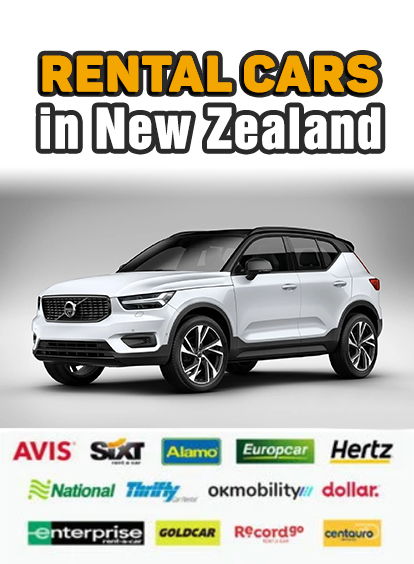✅ Last Update: May 20, 2025 @ 12:45 am
So you’re planning a road trip in New Zealand? Awesome choice!
But hold up—before you hit the road, you’ve gotta learn how things roll out here. Driving in New Zealand is pretty chill, but the rules are different from other countries. A little heads-up now can save you from fines, stress, and awkward moments with locals.
- Here’s your complete guide to 12 New Zealand driving rules that every traveler should know before jumping into a car or campervan.
1. Drive on the Left
Let’s start with the basics: New Zealanders drive on the left-hand side of the road. If you’re used to driving on the right (like in the US or Europe), this one takes a bit of getting used to.
Just stay focused, especially when turning or pulling out of parking lots. And yes, roundabouts go clockwise here.
2. Buckle Up – Always
Seatbelts are the law in New Zealand. That means front seat, back seat, short trips, long drives—it doesn’t matter.
Everyone has to wear one, or you’ll risk a fine. It’s also just common sense on twisty mountain roads.
3. Stick to the Speed Limit
Speed limits are posted clearly, and cops don’t mess around. In towns and cities, it’s usually 50 km/h. On open roads, expect 110 km/h max.
But here’s the thing—just because the sign says 110 doesn’t mean you should floor it. NZ roads can be narrow, steep, and windy. Go slow and enjoy the views.
📌 Find more about how fast you can go depending on where you’re driving: Speed Limits in New Zealand
4. Phones Are a No-Go
Don’t use your phone while driving, unless you’ve got it hands-free. It’s illegal to text, call, or scroll while behind the wheel. If you need to check directions or answer a call, pull over safely.
5. Give Way at Roundabouts
This one confuses a lot of tourists. At roundabouts in New Zealand, you give way to traffic coming from your right.
Always slow down, indicate properly, and wait your turn. People here are polite drivers—don’t be the wildcard.
6. Carry a Valid License
You need a valid driver’s license to drive in New Zealand. If your license isn’t in English, you also need an International Driving Permit.
Make sure it’s on you every time you drive—cops won’t accept photos or copies.
7. No Booze Behind the Wheel
Drink driving laws in New Zealand are strict, especially if you’re under 20—then the limit is zero.
If you’re over 20, the legal limit is low (just 50 mg per 100 ml of blood). It’s best to skip alcohol completely if you’re driving. Save it for the campsite.
8. One-Lane Bridge Etiquette
Welcome to the countryside. One-lane bridges are everywhere in rural NZ. Signs tell you who gives way—sometimes you stop, sometimes the other side does.
Always slow down, check for oncoming traffic, and don’t assume you have the right of way.
9. Don’t Honk Unless You Need To
In New Zealand, honking is only for emergencies or warnings.
People don’t use the horn out of frustration like in some countries. It’s quiet out here—let’s keep it that way.
10. Use Your Lights When It’s Dark or Raining
Headlights are a must at night, and during the day if visibility is low (rain, fog, tunnels, etc).
It’s about being seen as much as seeing the road. A lot of tourists forget this, so don’t be that person.
11. Overtake With Caution
On many NZ roads, you’ll see dotted or solid lines in the middle. You can only overtake when the line on your side is dotted, and it’s totally clear ahead.
If you’re holding up traffic, pull over when safe and let locals pass. It’s a Kiwi thing and much appreciated.
12. Watch Out for Animals and Cyclists
Especially on country roads, you’ll see sheep, cows, horses, and cyclists. Slow down and give them space. Hitting a sheep is not the story you want to tell back home.
🚐 Extra Tips for a Smooth Ride
- Download offline maps – reception is patchy in the wild.
- Fill up your tank often – petrol stations can be far apart in remote areas.
- Rest often – don’t try to drive the whole South Island in 3 days. You’ll miss all the good stuff.
- Get a self-contained camper — if you want to freedom camp. It opens up an entire new world of free spots and epic views.
🧑💻 FAQs about Driving in New Zealand
No. U-turns are only legal where they don’t interfere with other traffic and where there’s no sign prohibiting them. In cities and busy areas, you’ll often see “No U-turn” signs—respect them or risk a fine.
When turning right, you must give way to all oncoming traffic going straight or turning left, unless they’re facing a stop or give-way sign and you’re not. It’s different from countries like the US, so stay sharp at intersections.
If you’re at the bottom of the T, you must give way to traffic on the through road. This rule applies even if you think the other vehicle is “turning into your road.” Always yield to traffic on the top of the T.
Not required by law, but strongly encouraged in rural or low-visibility areas. Many Kiwi drivers turn on headlights during the day for safety. Some rental vehicles will have them set automatically—don’t turn them off.







